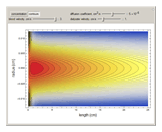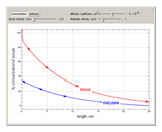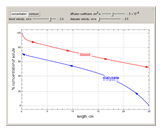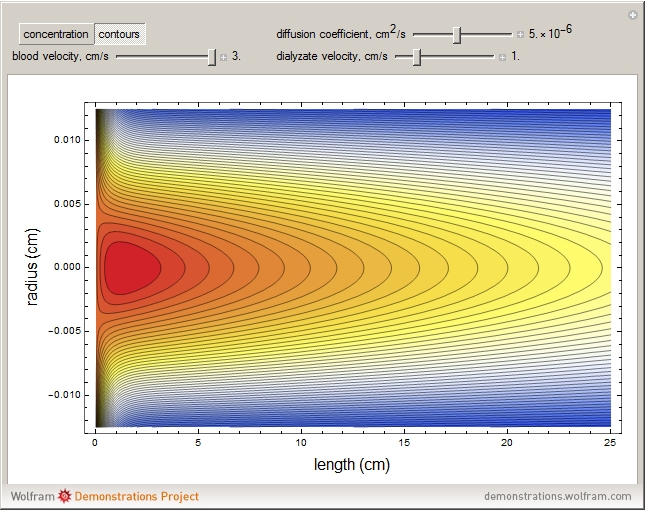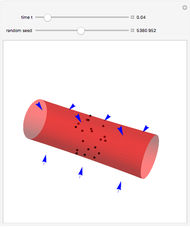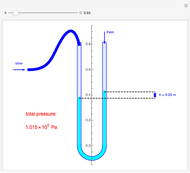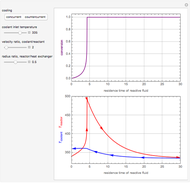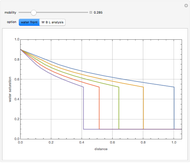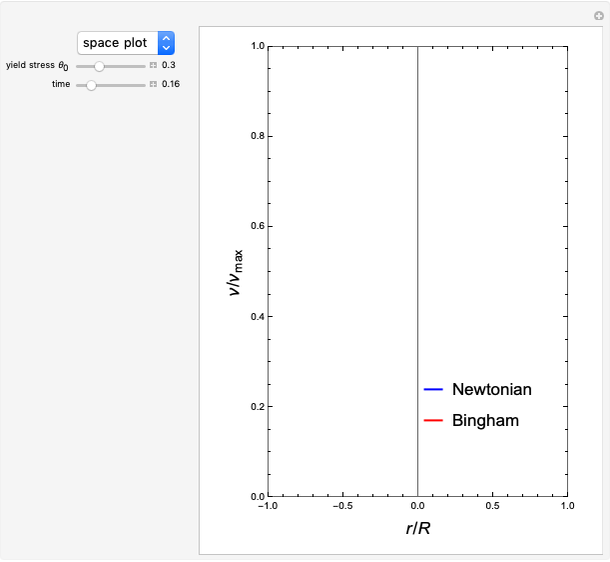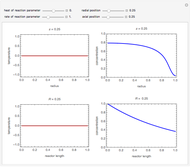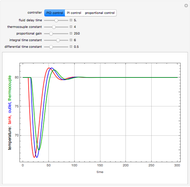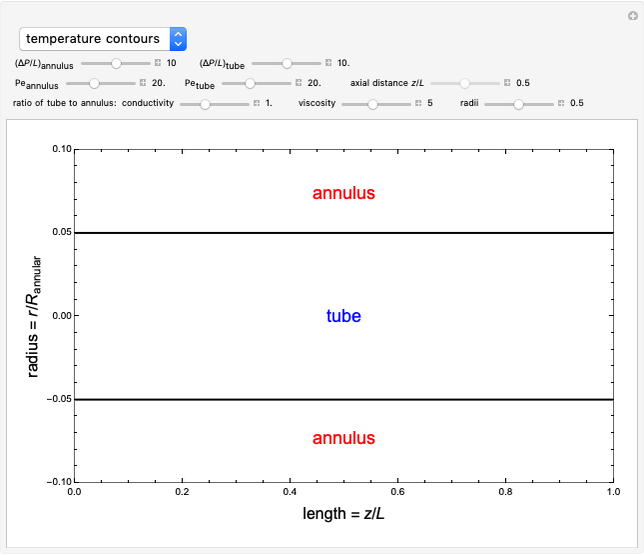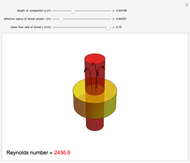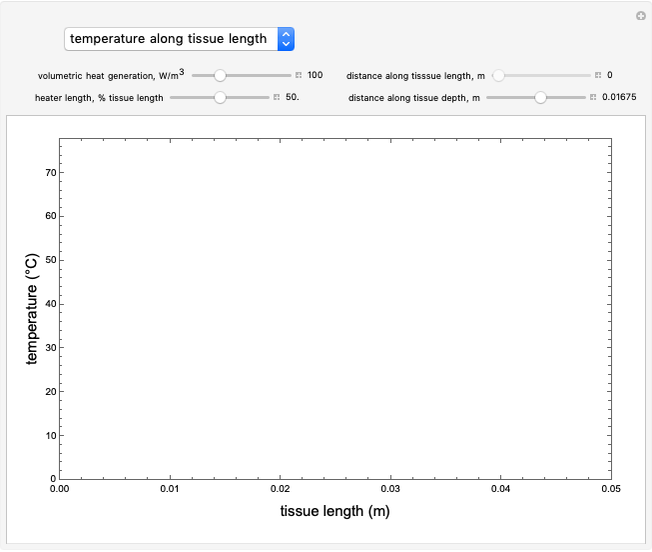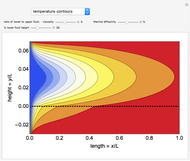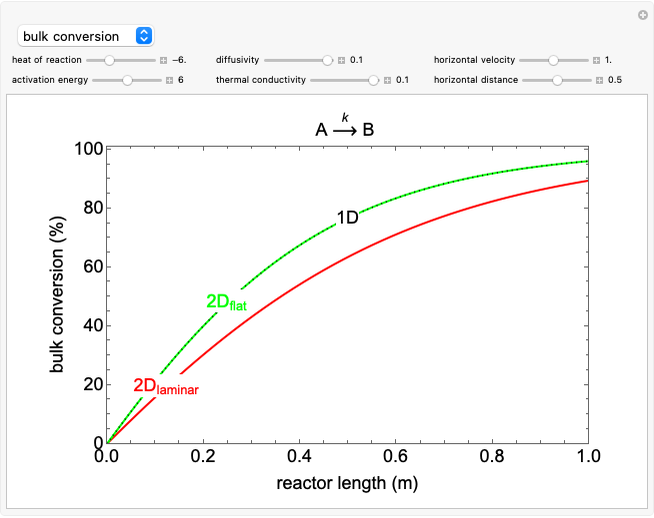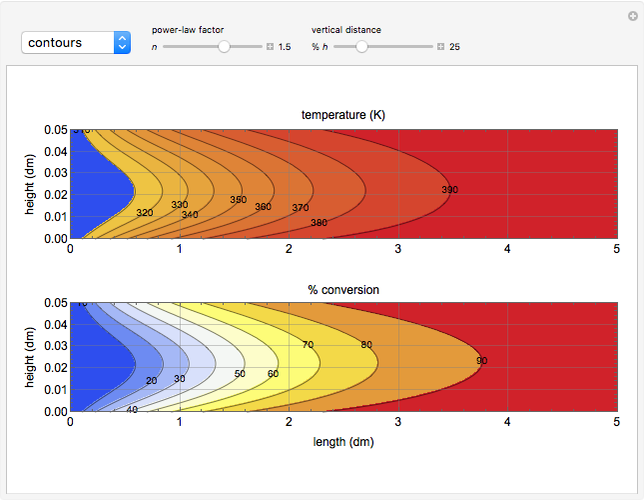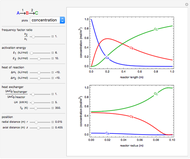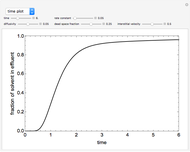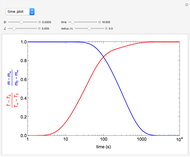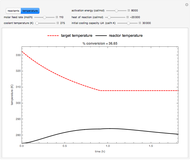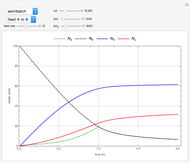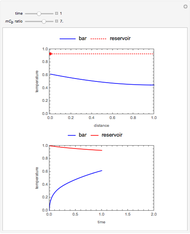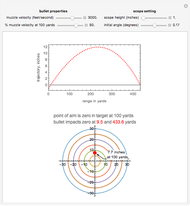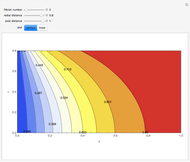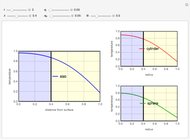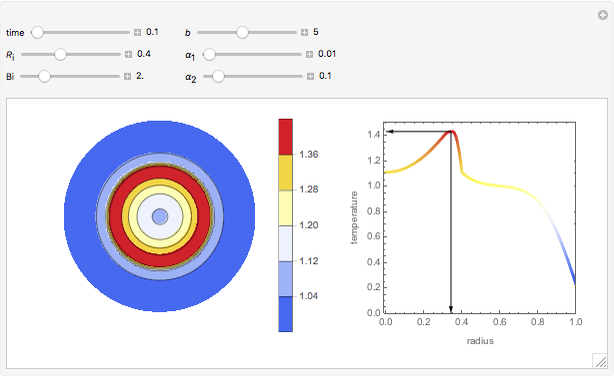Countercurrent Flow Hemodialyzer

Requires a Wolfram Notebook System
Interact on desktop, mobile and cloud with the free Wolfram Player or other Wolfram Language products.
This Demonstration models a countercurrent hemodialyzer. In a typical hemodialyzer, blood flows through a bundle of approximately 10,000 hollow fibers, each with an inner diameter of about 200 micrometers, wall thickness of 20 micrometers and a length of 16 to 25 cm. The walls of the hollow fibers function as the dialysis membrane; dialyzate flows countercurrently in the shell side [1].
[more]
Contributed by: Clay Gruesbeck (December 2019)
Open content licensed under CC BY-NC-SA
Details
Following are the details of the mathematical model.
The system is at steady state.
The physical properties are constant.
There is fully developed laminar flow in the blood side and plug flow in the dialyzate side.
All fibers have the same diameter, fluid flow and mass transfer characteristics.
The equation for continuity of the solute for the blood side is:

subject to the boundary conditions:
 ,
,
and
 .
.
The equation for continuity of the solute for the dialyzate side is:
 ,
,
with boundary condition
 .
.
The average (cup) concentrations of the solute in the blood and the dialyzate are:
 ,
,
and
 ,
,
respectively.
Here:
 and
and  are the average velocities of the blood and the dialyzate, respectively
are the average velocities of the blood and the dialyzate, respectively
 and
and  are the axial and radial coordinates
are the axial and radial coordinates
 and
and  are the inner and outer diameters of the fiber
are the inner and outer diameters of the fiber
 is the number of fibers
is the number of fibers
 is the length of the fiber
is the length of the fiber
 is the diffusivity of the solute in the blood
is the diffusivity of the solute in the blood
 is a mass transfer coefficient
is a mass transfer coefficient
 is the Sherwood number, defined as the ratio of convective mass transfer rate to diffusion rate
is the Sherwood number, defined as the ratio of convective mass transfer rate to diffusion rate
Reference
[1] C. Ronco, A. Brendolan, C. Crepaldi, M. Rodighiero and M. Scabardi, "Blood and Dialysate Flow Distributions in Hollow-Fiber Hemodialyzer Analyzed by Computerized Helical Scanning Technique," Journal of the American Society of Nephrology, 13(Suppl 1), 2002 S53–S61. jasn.asnjournals.org/content/13/suppl_1/S53.
Snapshots
Permanent Citation
